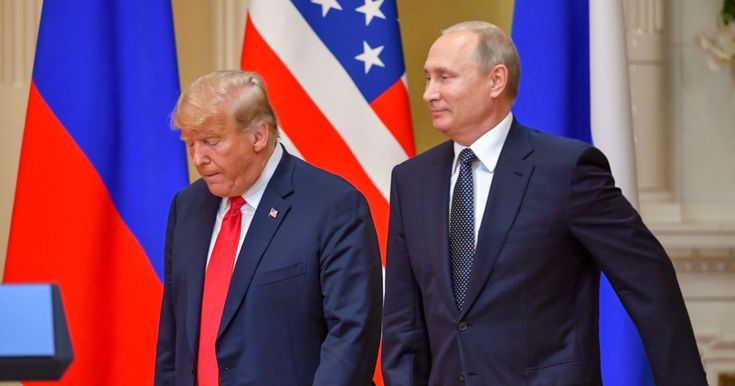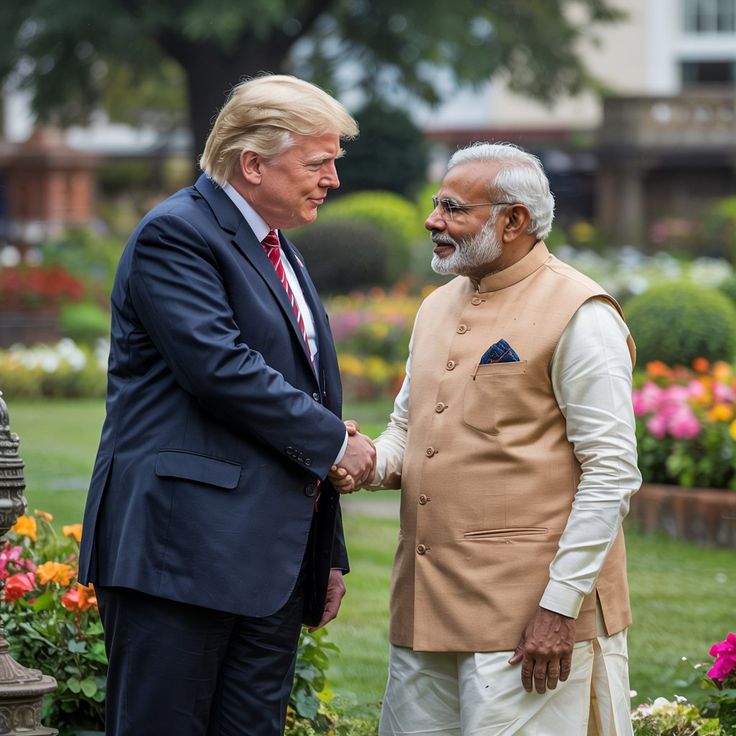
Anchorage, Alaska | Special Report: In a rare convergence of power, history, and geography, Alaska has emerged as the unlikely epicenter of global diplomacy. Former U.S. President Donald Trump and Russian President Vladimir Putin held a high-profile summit in Anchorage this week, drawing international attention not only to the two leaders but also to the broader strategic, economic, and security issues that define today’s volatile world order.
This was no ordinary political gathering. Coming against the backdrop of strained U.S.–Russia relations, ongoing global conflicts, and an increasingly competitive Arctic frontier, the Trump–Putin summit was as much about symbolism as substance.
Why Alaska? The Symbolism of Place
Alaska, purchased by the United States from Russia in 1867 for $7.2 million, carries immense historical and geopolitical weight. Once dismissed as “Seward’s Folly” by skeptics, it is now a linchpin in American defense strategy, resource security, and Arctic diplomacy.
For Trump and Putin, meeting on this once-contested land was no coincidence. The choice of Alaska underscored both the shared history between the nations and the present competition in the Arctic. The area is warming almost four times as quickly than the rest of the world, opening up new transportation routes and unexplored gas, oil, and rare mineral deposits.
Hosting the summit in Anchorage also gave both leaders a stage that was neutral yet symbolically charged: American territory that was once Russian, now serving as the venue for renewed dialogue.
The Stakes: From Ukraine to the Arctic
While official agendas were carefully worded, sources close to both delegations highlighted three major themes of the talks:
Ukraine and European Security: The major point of contention between Russia and the West continues to be Putin’s war in Ukraine. Trump, who has long advocated for a different approach than the Biden administration, used the summit to float ideas for a potential ceasefire framework. Though no breakthrough was announced, the very act of discussing Ukraine at a bilateral level was seen as a significant development.
Arctic Competition: As Arctic powers, the United States and Russia share interests in natural resources, military presence, and navigation. Russia already maintains the world’s largest fleet of icebreakers, while the U.S. has been ramping up military exercises in the region with NATO allies. The summit discussions touched on protocols for avoiding naval confrontations, as well as potential cooperation on climate monitoring in the Arctic.
Global Energy Markets – With Russia under Western sanctions and the U.S. leading in liquefied natural gas (LNG) exports, energy markets were another focal point. Analysts say Trump’s interest in securing “energy deals” with Moscow reflects his broader emphasis on transactional diplomacy, while Putin used the opportunity to seek openings in an otherwise hostile Western market.
Trump’s Approach: Deals Over Doctrine
The Alaska conference gave Donald Trump a chance to re-establish his deal-making diplomatic approach. Known for preferring one-on-one negotiations over institutional processes, Trump leaned heavily on the narrative that “personal chemistry” between leaders can solve even the most entrenched conflicts.
Speaking at a press briefing, Trump described the summit as “a fantastic step toward peace and stability,” though he declined to provide specifics. His rhetoric emphasized economic opportunities and the potential for U.S.–Russia cooperation in “areas where we both win,” echoing his transactional view of international relations.
Critics, however, warn that Trump’s approach risks overlooking broader institutional safeguards and alliances. NATO officials privately expressed concern that bilateral negotiations could undermine collective Western positions, particularly on Ukraine.
Putin’s Strategy: Patience and Power Projection
For Vladimir Putin, the Alaskan summit was a test as well as a platform. Facing unprecedented sanctions, diplomatic isolation, and ongoing military challenges, Putin used the meeting to project Russia as an indispensable global player.
His messaging was clear: Russia may be under pressure, but it is not without leverage. In his remarks, Putin positioned Russia as a stabilizing force in the Arctic and a nation open to dialogue—so long as its “core security concerns” are respected.
In contrast to the more confrontational rhetoric frequently employed in Moscow’s domestic media, observers took note of Putin’s measured tone. Analysts suggest this was a calculated move, designed to present himself as a pragmatic statesman rather than an aggressor.
International Reactions: Cautious Optimism, Underlying Skepticism
Global reactions to the Alaska summit were swift and varied.
- European Union officials cautiously welcomed the talks but stressed that “no bilateral negotiation can replace the collective framework” established through NATO and the EU’s sanctions regime.
- China closely monitored the meeting, given its growing role in the Arctic and its partnership with Moscow. Analysts in Beijing noted that any U.S.–Russia thaw could alter the balance of global alignments.
- Ukraine’s leadership expressed concern that its future could be decided without Kyiv’s direct involvement, echoing fears of being sidelined in great-power politics.
In Washington, the response was divided. Supporters of Trump hailed the summit as evidence of his ability to engage adversaries in ways traditional diplomacy often fails to do. Critics argued that the lack of concrete agreements revealed the limitations of his style.
The Role of Alaska: More Than Just a Backdrop
For Alaska itself, the summit was historic. Anchorage became the focal point of global media coverage, with reporters from over 50 countries converging on the city. Local businesses saw a surge in activity, while state officials highlighted the moment as proof of Alaska’s strategic significance.
Beyond symbolism, Alaska’s role in Arctic geopolitics continues to grow. With its vast coastline, military bases, and natural resources, the state is poised to remain central to U.S. strategy in the region. The summit, in many ways, reinforced that reality.
In the end, the Trump–Putin summit did not resolve major disputes, but it succeeded in reopening channels of dialogue at a moment when communication between Washington and Moscow has been limited. It underscored the enduring complexity of U.S.–Russia relations and highlighted the Arctic as a space where both rivalry and cooperation will define the decades ahead. Whether the meeting in Anchorage becomes a turning point or a historical footnote will depend on the willingness of both leaders to move from symbolism to substance.
What remains undeniable is that Alaska, once sold by Russia to the United States for pennies per acre, has now become the world’s stage for diplomacy. In its icy landscapes and historic significance, it provided the perfect backdrop for two of the most polarizing leaders of our era to test the limits of dialogue. For a brief moment, the frozen ground of the North carried the weight of global politics, reminding the world that history is never far from the present and that even in the coldest places, the fires of power and ambition continue to burn.



Pingback: Trump: American Soldiers Won’t Fight in Ukraine, Air...